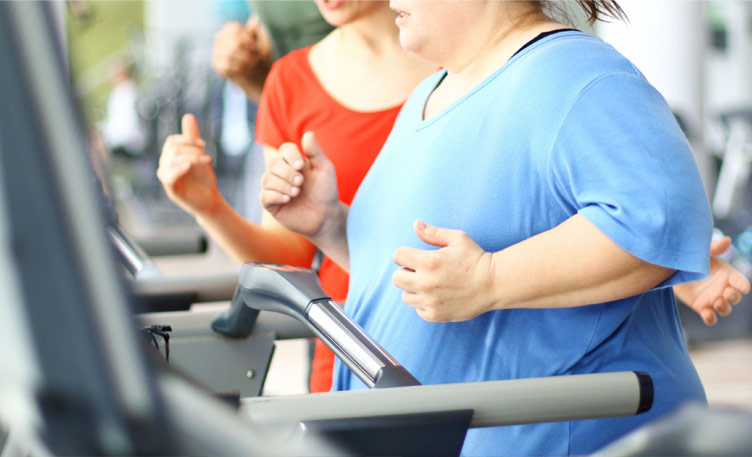Diabetes and Exercise
Determined to stop the spread of the diabetes epidemic
Are you physically inactive with a family
history of diabetes?
Our lifestyle modification program can provide you with the change you need.
Type 2 diabetes is the fastest growing chronic disease in Australia and can be managed effectively with the appropriate exercise and lifestyle modifications. Our Exercise Physiology team have scientifically designed two 8-week exercise and lifestyle modification programs that will assist you to control your blood sugar levels and improve your health. We understand that getting started with exercise can be a challenge, which is why our small group class is fun and friendly, allowing you to take control back of your health. Whether you have been diagnosed with Type 2 diabetes or you are at risk of – our specialised classes will Inspire you!
DIABETES PREVENTION PROGRAM

If your over 40. overweight and have poor dietary habits your at risk of getting Type 2 Diabetes. Its PREVENTABLE IF you act now!
- Medicare subsidised
- Improve fitness & lose weight
- Exercises scientifically designed to reduce the onset of Type 2 diabetes
DIABETES MANAGEMENT PROGRAM

If you’ve been diagnosed with Type 2 Diabetes this specialised 8-week program will help you control it and get your lifestyle back.
- Medicare subsidised
- Control your blood glucose levels
- Have fun within a small group
Exercise Physiology Case studies
Type 2 Diabetes
A patient who was diagnosed with type 2 diabetes 2 years ago came to see me after his doctor wanted to increase his diabetes medication. He wanted to see if exercise could help him better manage his diabetes without needing to take extra medication. The patient was 56 years old, had never exercised before, and had not previously received any formal diabetes education. The patient’s HbA1c levels (indication of diabetes control over a 3 month period) were 10.9 (poor control), his waist circumference was 98.5 cm (for men should be less than 94) and, his cardiovascular fitness was very poor. The patient had never tested his own blood glucose before and his random reading was 7.8 and his blood pressure was 140/90.
After setting goals with the patient we commenced a Medicare subsidised 8- week diabetes education and exercise program. Each session consisted of 10 mins of education and 50 mins of exercise twice per week. During this period the patient learnt how to self monitor his blood glucose and became a NDSS (National Diabetes Services Scheme) member. At the end of the program the patient was self monitoring his blood glucose levels daily and keeping a log. The patient also improved his HbA1c levels to 7.3 (adequate control), maintained blood glucose levels below 7, and lowered his blood pressure to 132/87. The patient’s cardiovascular fitness improved two levels and made significant improvements to his diet.
Once the Medicare subsidised sessions were completed the patient stayed on as a self managed gym member, following a diabetes specific exercise program. The patient’s progress is reviewed every 6 weeks and follow up reports are forwarded to his GP. This patient has now incorporated exercise as an enjoyable and effective part of his weekly routine benefiting from the many positives that exercise provides.
